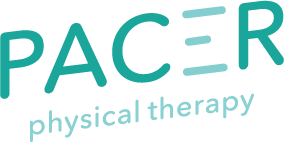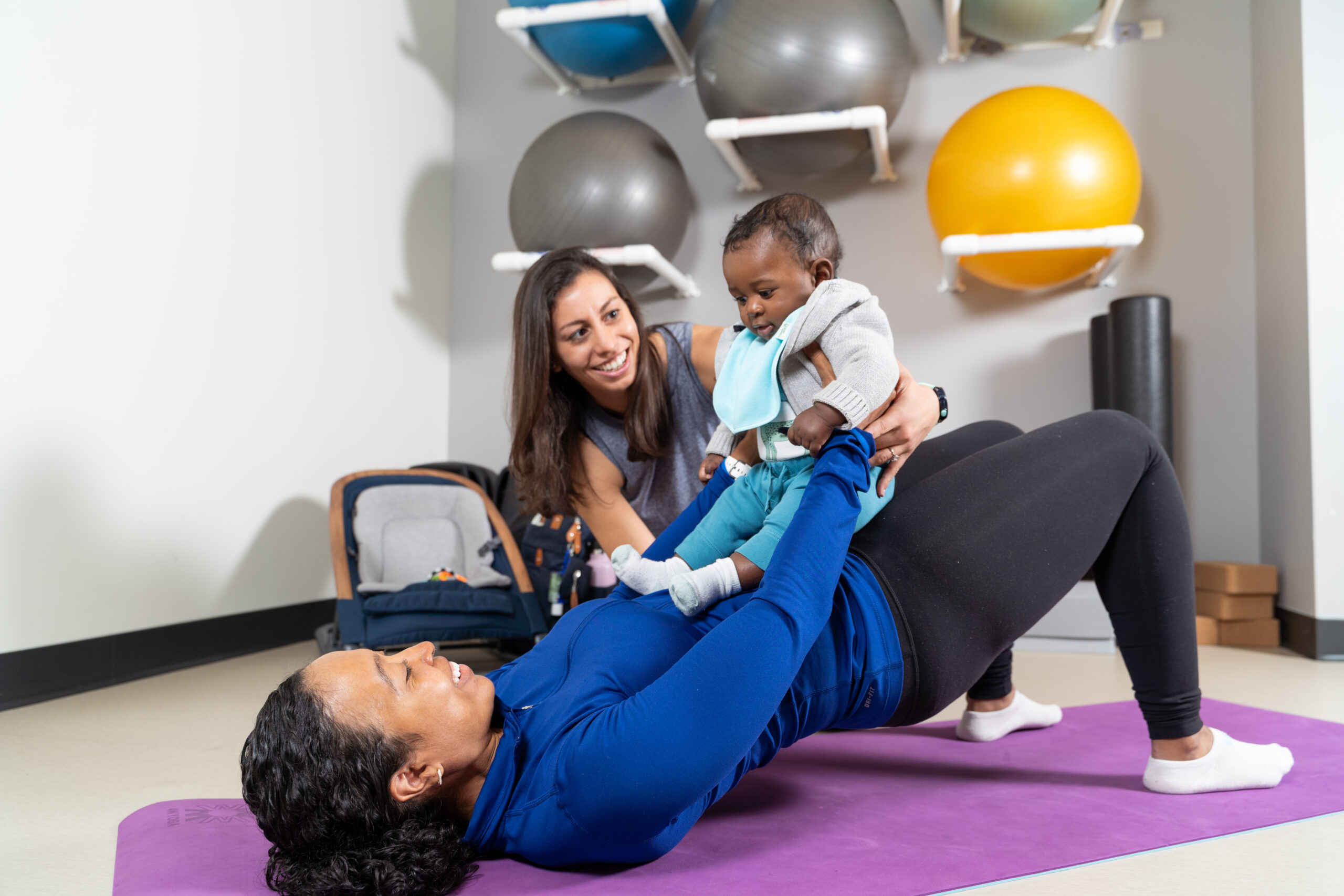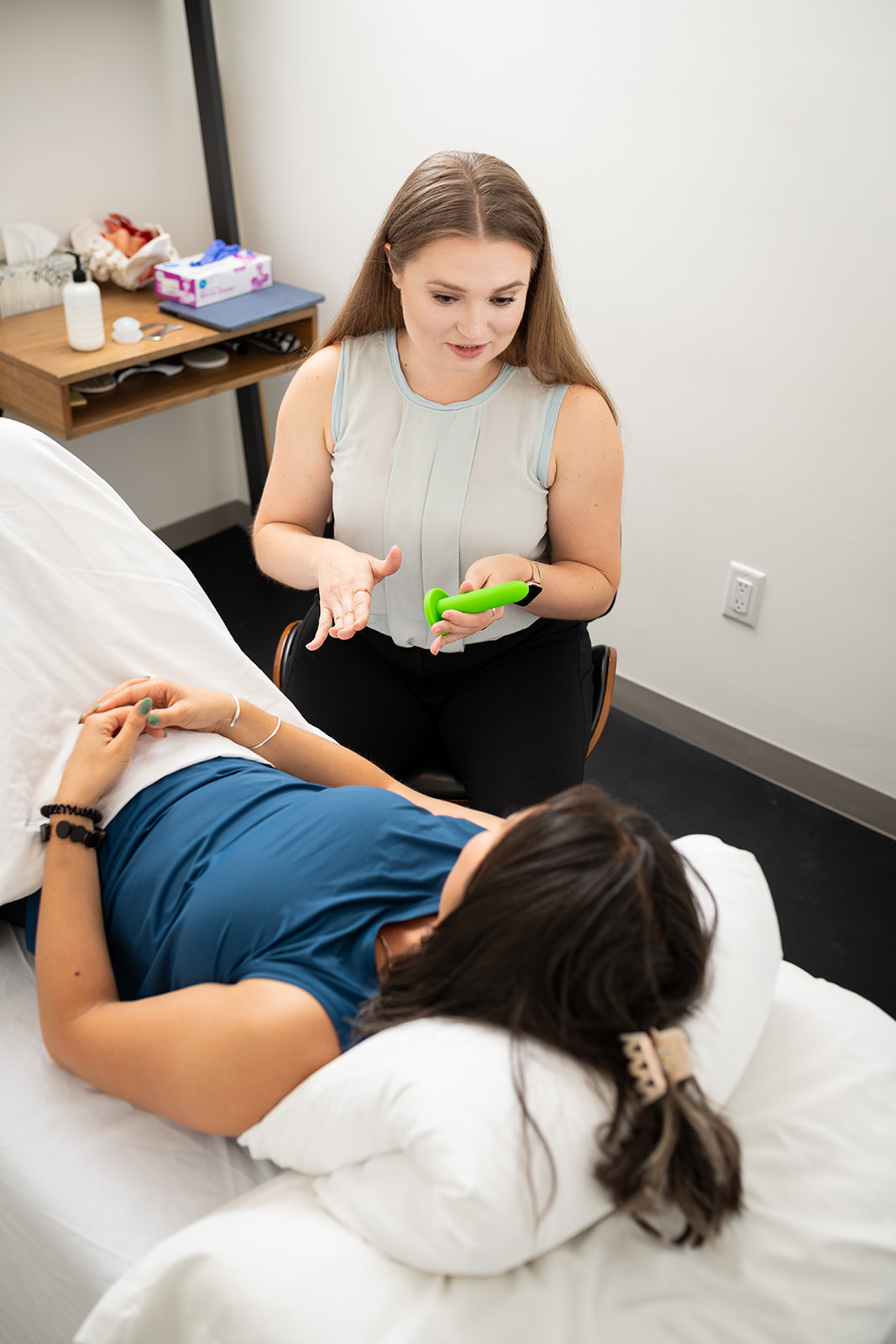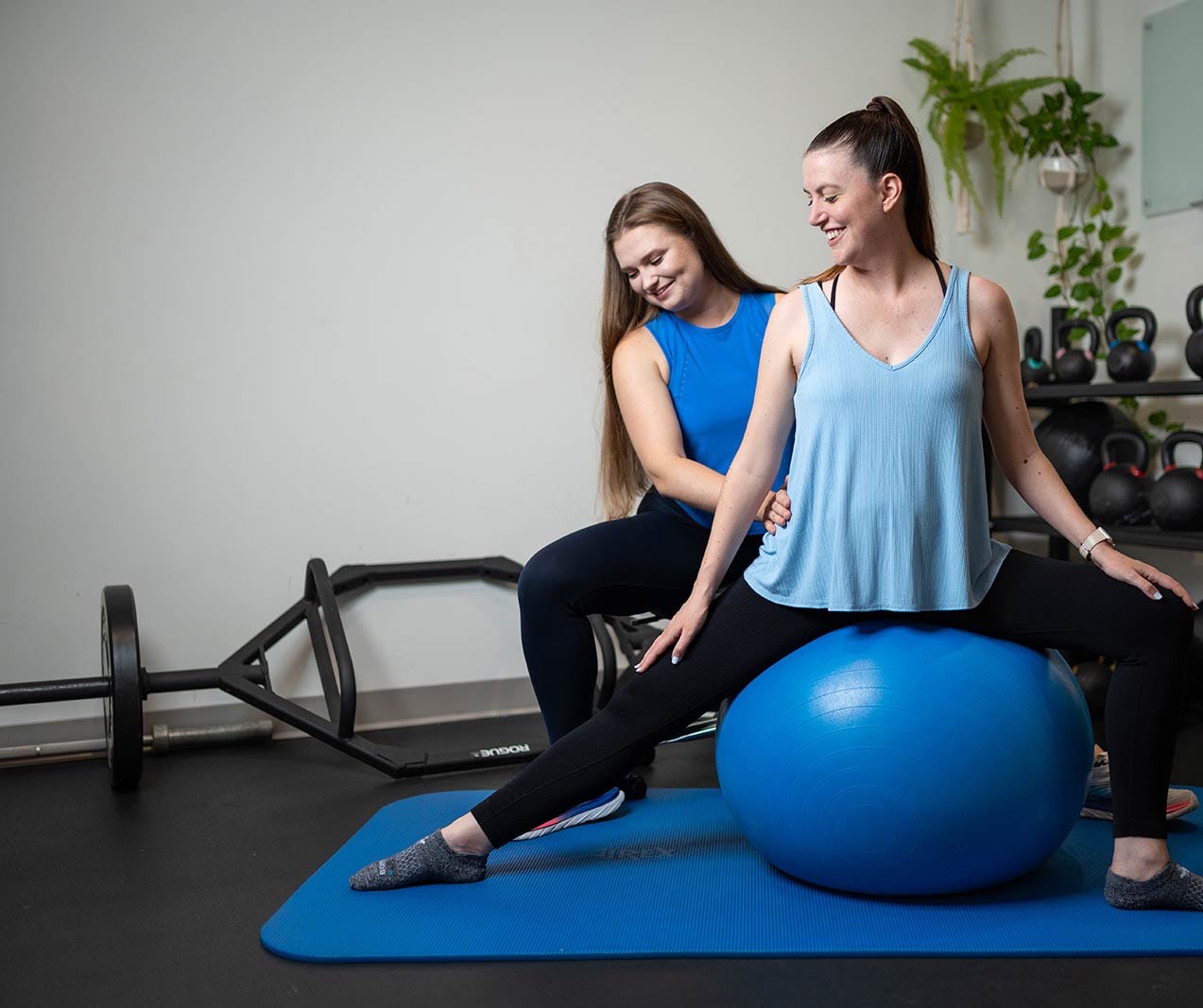(Last Updated: 4/5/24)
Becoming a parent is a huge milestone and a major change to your life, yet so amazing, messy, and beautiful all at the same time! Your newborn will get a lot more support from your medical team with multiple checkups to the pediatrician for follow-up care.
But what about your follow-up care, mama?
The 6-week checkup postpartum seems like just not enough, especially since we all heal and recover at various rates. C-section mamas, this can be even more challenging for you — especially since you had major abdominal surgery.
How can we continue to advocate for more follow-ups or check-ins post-csection? Follow along to see how we can advocate for more care and what you can do to support your recovery. We are here to help!
Let’s start from the top:
What Happens During a C-Section
A C-section is a major abdomen surgery, where the incision will cut through multiple layers of skin and fascia, before getting to the amniotic sac and baby. This includes an incision into your lower abdominal muscles, which helps you maintain good stability and posture.
Few people recognize how challenging it can be during the initial weeks after a C-section delivery, whether planned or un-planned we know this can be very challenging as well as taking care of a newborn. We understand and we want you to know, you are doing a great job!
This mode of delivery is major surgery, and it is important to take things slow as you heal. It’s also imperative to know how to take care of your body after having a C-section — and that every woman’s experience is different.
We all have different recoveries. But here are 6 tips to help you with early C-section recovery.
6 Tips for Early C-Section Recovery
1) Ice the Area and Take Pain Medications
- Try to apply ice every 2-3 hours for 15 minutes. This will help keep the inflammation down and reduce swelling and pain by the incision. Be sure the incision is covered as you ice. This is usually the case, but if you had the bandage taken off for any reason, please use a covering before applying ice.
- Take pain medications (usually prescribed ibuprofen) if you are in pain. These medications are usually safe to take even if you plan to breastfeed. Please consult your doctor if you have any concern about pain medications.
2) Roll & Breathe
- I encourage you to roll onto your side and breathe out as you sit up to avoid pain or pulling at your incision site. This will feel way more comfortable and prevent any issues into the surgery. I encourage you to do this for months after your delivery to decrease pain and risk for any injury to your back or core.
- Do not sit straight up in bed or in a reclined chair. This places a lot of pressure on your abdominal wall and can cause pressure forward and be very uncomfortable. I
- Standing up from a chair, especially with a baby in your arms may feel challenging so breathe out as you come up to stand
3) Bring a Pillow to Use in the Bathroom
- You may have a hard time relaxing or emptying your bowels because of the incision and recent surgery. This can also happen from the epidural or other pain medications given during your delivery. My recommendation is to bring a small pillow with you to the bathroom and hold it across your stomach. Breathe into the pillow and allow your belly to get compression from the pillow against it (Do not force it or bear down).
- Take a stool softener or magnesium to prevent constipation, eat anti-inflammatory foods, and stay hydrated.
- You should be breathing in and filling your belly to help the pelvic floor relax and allow your bowels to empty. This should feel relaxing as you take big inhales and squeeze the pillow against your stomach as you empty your bowels.
- You can also use a peri bottle to spray warm water on ladybits to improve relaxation and calm the pelvic floor prior to emptying.
- Please try to use a squatty potty or turn a small empty garbage can upside to put your feet on to aid in pelvic floor relaxation too.
4) Use an Abdominal Binder
- Use an abdominal binder in the first 4-6 weeks to aid in carrying/lifting the baby and on days when you know you need to move more around the house.
- Especially if you know you are going to be more active around the house or if you have other little ones, an abdominal binder can be a great way to have more support for your trunk initially. But this is NOT a long-term solution.
- **Reminder: This should not be worn when sitting, as it may be uncomfortable.
- **Reminder: Do not put it on TOO tight. An abdominal binder can place a lot of pressure on your pelvic floor if it is very tight and can cause skin breakdown or redness. If you can fit two fingers under the binder that is a good amount of tightness without pushing into your abdomen too much.
5) Do Comfortable Feedings
- Support your lower back and upper back with pillows and avoid reclining backward if possible. If you are going to recline, I encourage you to roll onto your side before getting up or bring the reclined chair back to an upright position before standing
- Bring baby to you and not you to the baby. This is true for both bottle or breast feeding as you may slouch forward when doing both
- Use ALL the pillows to support under baby so you so are not slouching or putting pressure on your incision site. This may mean putting a pillow then a boppy under baby to bring baby to you if you choose to nurse
- I love to promote side lying feeding for those who plan to nurse. This is a comfy position for you and you can support your baby on the surface next to you with minimal effort.
Pro tip: Learn more about moving with your baby in our postpartum ergonomics guide.
6) Take Care on Stairs
- If you need to go up and down stairs, I encourage you to turn sideways facing the railing or wall and go up sideways one step at a time. The idea is to use your side hip musculature instead of the front of your abdominals and front hips, as that may not feel great.
- Go down sideways, as well, holding on with both hands for support.
- If you can set up your changing station, feeding station, and self-care stations on the same floor in your living space, this can help minimize stair usage and give you less of a headache or concern when going up and down stairs multiple times a day.
- Wearing an abdominal binder on stairs can give you extra support and make all the difference
- If you are carrying your little one up stairs, focus on breathing in and out and not holding your breath to decrease stress on the core and pelvic floor
Additional C-Section Recovery Tips:
- Ask for help: In the first few weeks you are recovering from a major surgery, it is okay to not feel yourself and feel fatigued. Be vocal with your needs so your partner, family, or friends know where you are and how they can support you.
- Purchase high-waisted underwear. Wear it ABOVE your incision so you do not have any uncomfortable rubbing or increased pain.
- Book an appointment with a physical therapist. Virtual or in-person appointments can help you learn more about your recovery, pain management, what exercises are appropriate for you in your recovery and how to reduce back pain, neck pain, etc. You will also learn other strategies to aid in ergonomics for carrying baby and reducing stress on your body so you can decrease risk for injury. Book a discovery call with us to learn more!
What Questions Should I Ask Before or During a C-Section Delivery?
- You can ask for a play-by-play during the C-section procedure so you feel kept in the loop and you know where they are in the process. You can also request a clear drape if you want — depending on the hospital’s ability to provide one. This will allow you to see what is going on during the surgery.
- Ask for immediate skin-to-skin contact after the delivery. This can be a special bonding moment with your baby.
- Before you leave the hospital, ask about your scar’s appearance and how it is healing, things you should monitor, and when/how to change a bandage so you can do it on your own.
- Communicate with your support team especially if you feel uncomfortable or want to know something — even if it feels like a “bad” question and especially if this is your first delivery.
Further Reading: Guide to Vaginal Birth After Cesarean
C-Section Recovery Questions? We Can Help
Do you have any follow-up questions? Never hesitate to reach out so I can guide you in your individual needs. Book a discovery call to get answers to your questions so you can feel confident in your delivery and recovery.
You are doing great,
– Juliana





